Exploring Objects, Fears, and the Future
How can objects help people address concerns about the future? How have people sought to protect themselves in different times and places? Is there anything that people do that is not based on fear?
These were among the diverse, but closely related, questions that thirteen freshmen weighed as they explored the Hearst Museum’s global collection in a seminar held at the Hearst Museum in the fall of 2018.
One of the students, Noah Hernandez, worked with Hearst staff to search for objects reflecting these questions. The objects he selected reflect different ways in which people have addressed fears and how they have sought to set themselves in good stead to face future uncertainties. Berkeley artist David Garnick photographed each object to reveal the fine detail and create a sense of drama.
Given that these themes relate to countless global issues—climate change and COVID-19 to name just two—we hope this exhibit encourages you to think about how you personally connect to the people who have made and used these objects.
Exhibit Objects
Personifying Evil
Plaster cast of the “Ludovisi Medusa.”
Circa 1900.
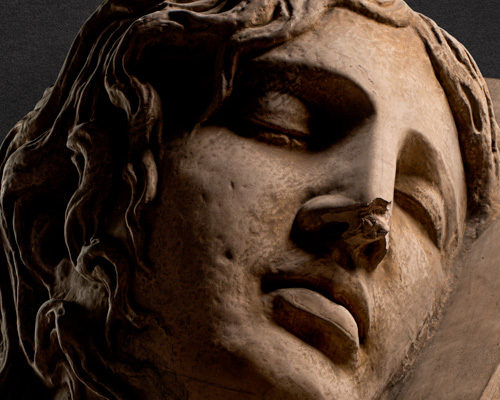
Seeking Guidance from the Akapo
Divination bag, Yorùbá people, West Africa.
Circa 1935.
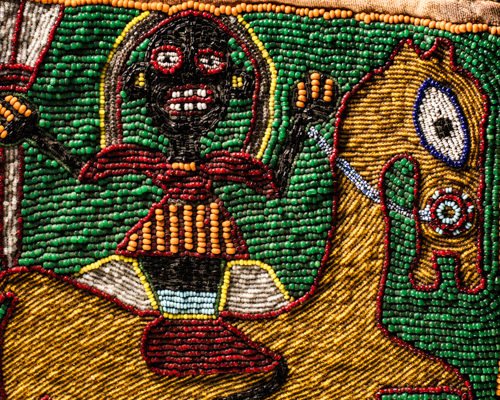
Celebrating with the Dead
Skeleton bride and groom, Mexico.
Circa 1960s.
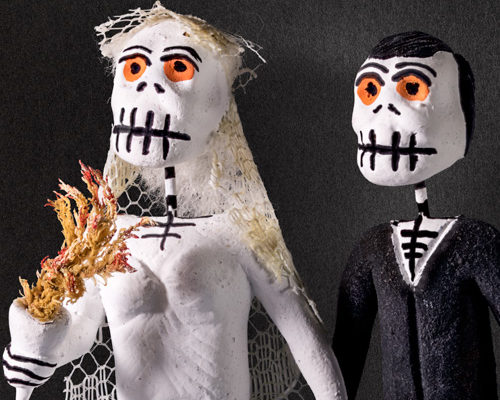
Pleasing a Crocodile God
Crocodile statue, Egypt.
Circa 305-30 BCE.

The Scent of Safety
Frankincense holder, Tuluva community, India.
Circa 1970s.
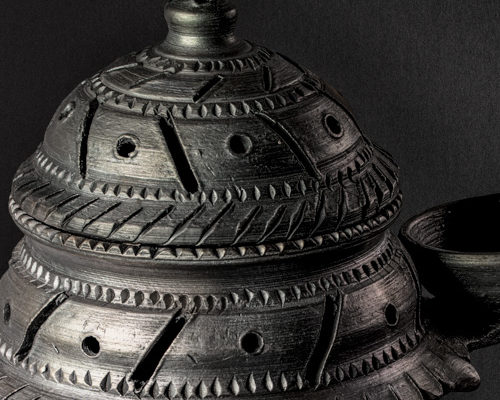
Imagining a Rain Dance
Mask made for collectors, Mexico.
Circa 1950s.
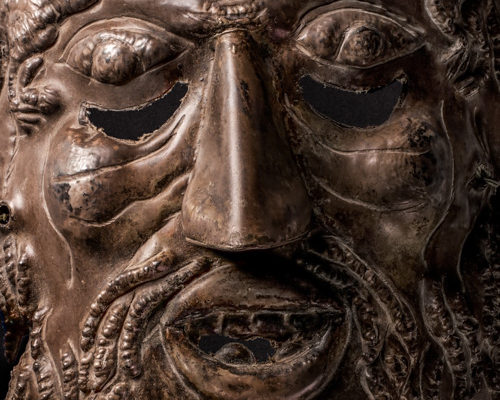
Building a Place of Harmony
Divination compass (luopan), China.
Circa early 1900s.
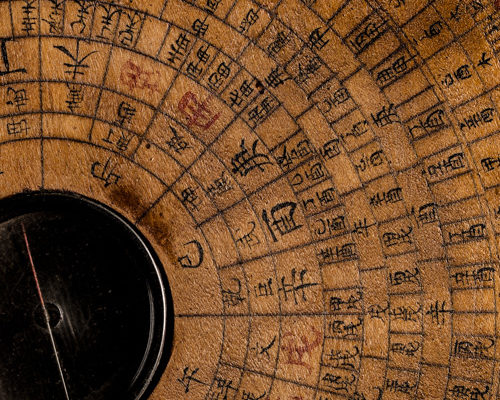
Share Your Story About Objects, Fears, and the Future
What did this exhibit make you think about? Share your story or comments with the Phoebe A. Hearst Museum of Anthropology!
About This Exhibit
Noah Hernandez, UC Berkeley Class of 2022
Student curator

The process of creating this exhibit has been one of the most exciting and eye-opening experiences of my life. I have always been fascinated with the different stories objects are able to tell in regards to the human experience and I am very grateful that I was able to work with these objects over the semester. I was first introduced to the Hearst Museum in my first semester at Cal through a freshman seminar about museum curation. In that class we discussed possible themes for the museum, one of which was fear. Through this position with the Undergraduate Research Apprenticeship Program (URAP), I was able to bring our seminar ideas into reality by searching through the museum’s collections and archives to find compelling objects and research the stories behind them. Fear is a natural part of the human experience. This exhibit aims to show how different cultures have addressed fears and uncertainties about the future, which, as I have learned through this project, are unifying experiences that show a similarity between peoples in many different cultural contexts. Working with the Hearst has been an invaluable experience that taught me to become a better researcher, team member, and overall museum fanatic, skills I am sure I will use for the rest of my life. All objects in this exhibit hold a story, and I feel so fortunate to have been given this opportunity to showcase them to the best of my ability.
David Garnick
Photographer
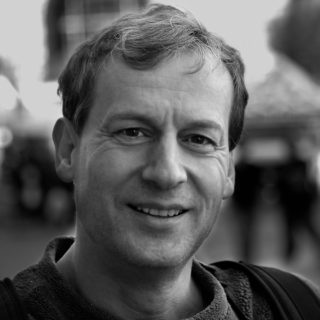
David Garnick is a Berkeley artist specializing in creative documentary photography. He is the editor of the online magazine Bokeh Bokeh Photo, curates photography exhibits, and collaborates with museums to create compelling imagery for exhibitions. His work is held in public, corporate, and private collections. You can view more of his work at davidgarnick.photography.
Acknowledgments
The Hearst Museum thanks Stanley Brandes, Mariane Ferme, Junko Habu, Fernando Nava, Rita Lucarelli, Sugata Ray, and Andrew Stewart for sharing their expertise on these objects and stories.
